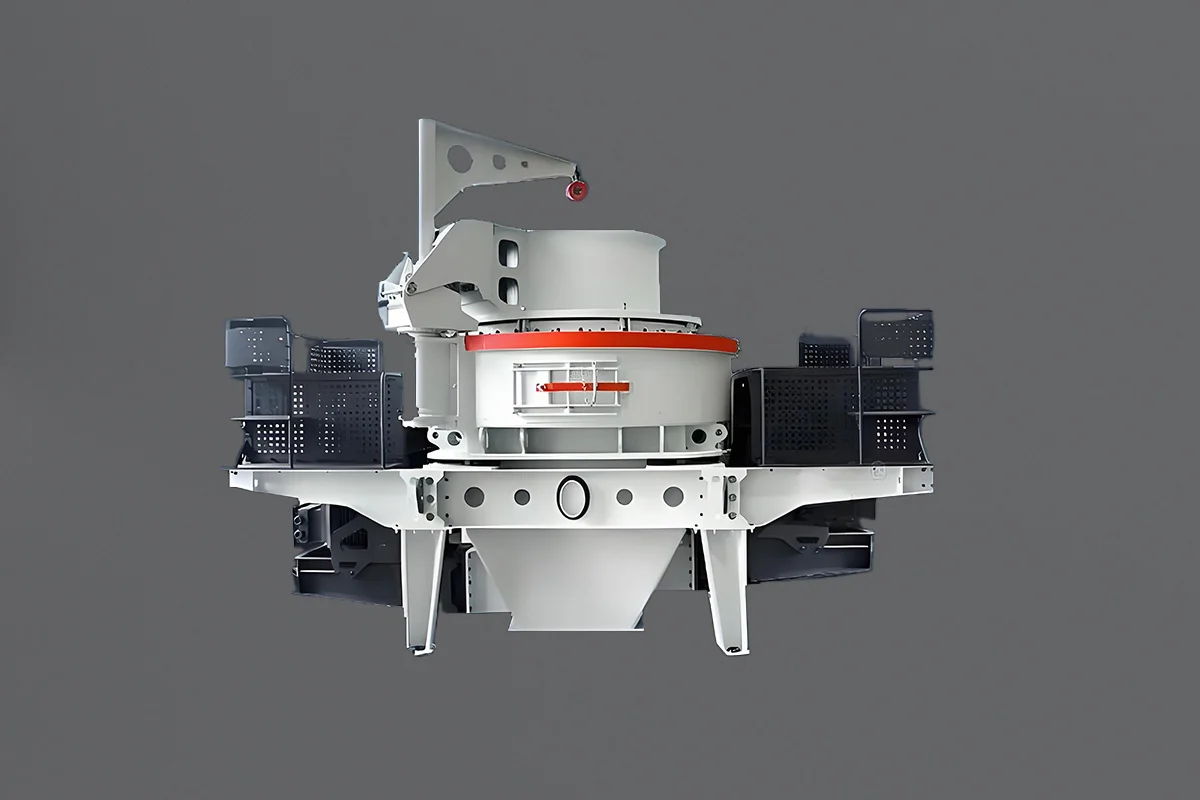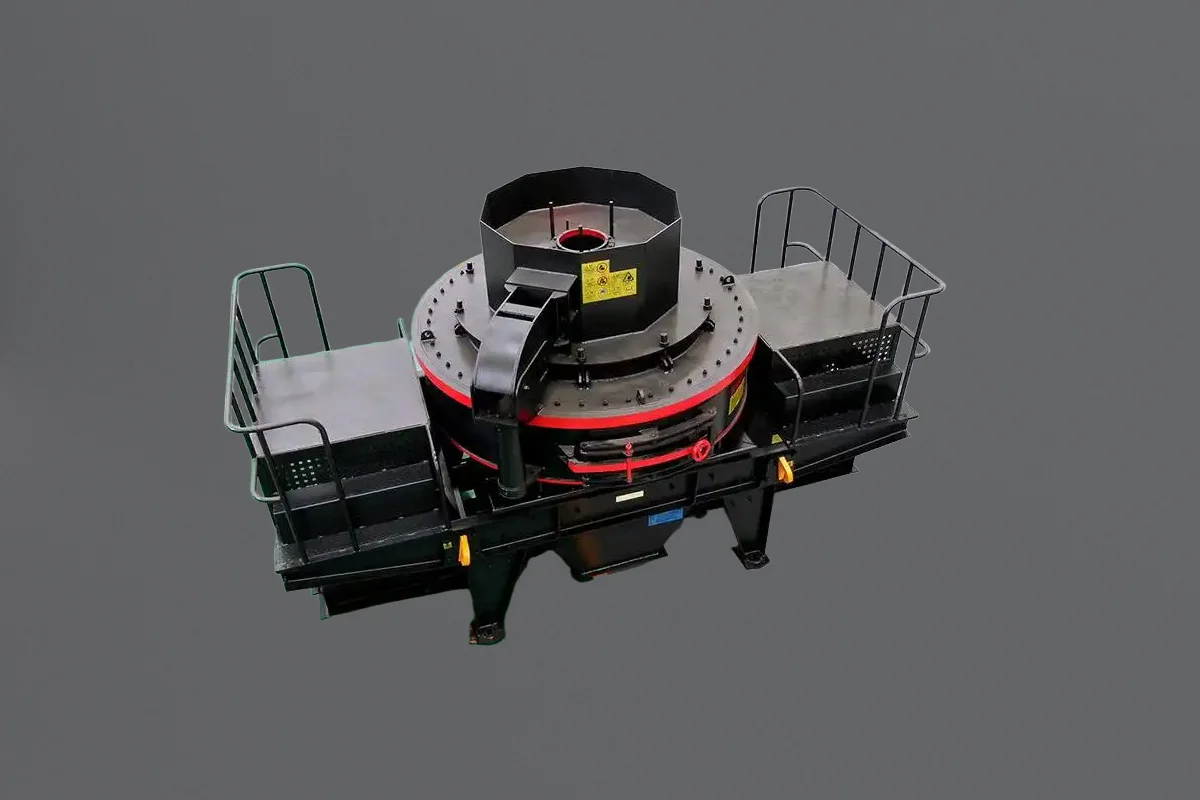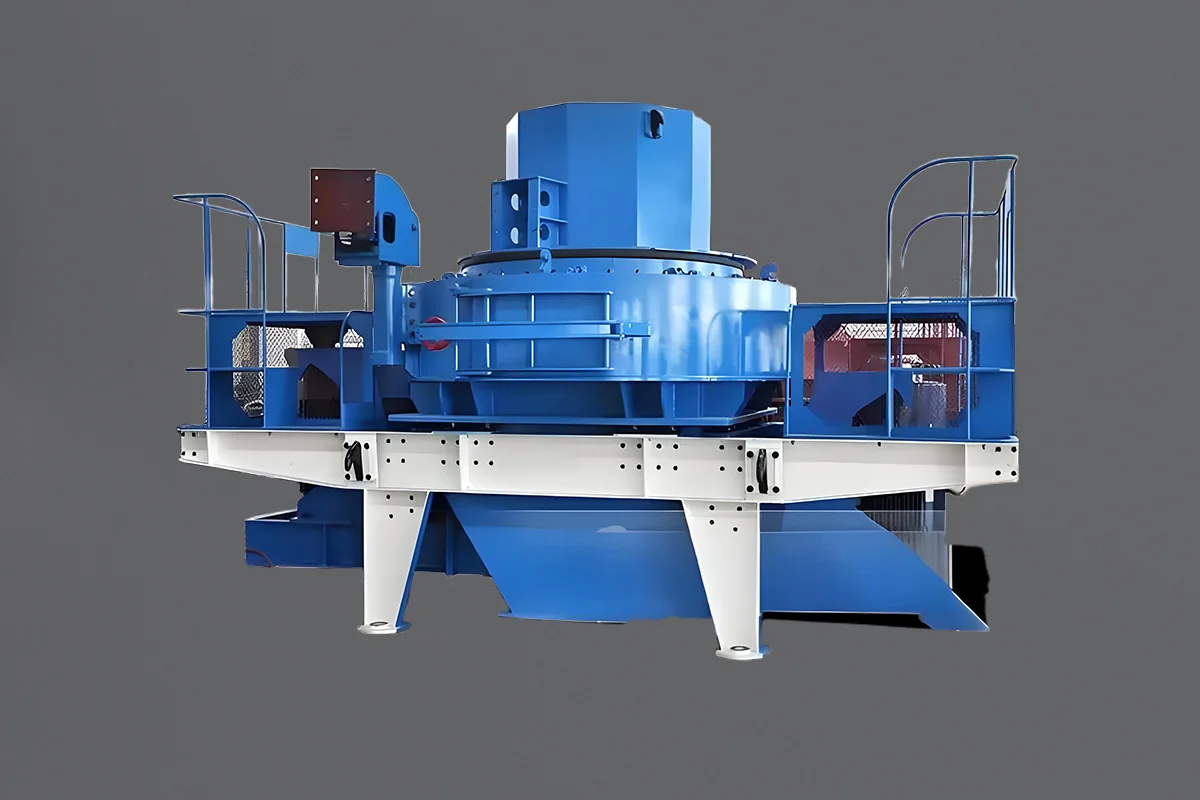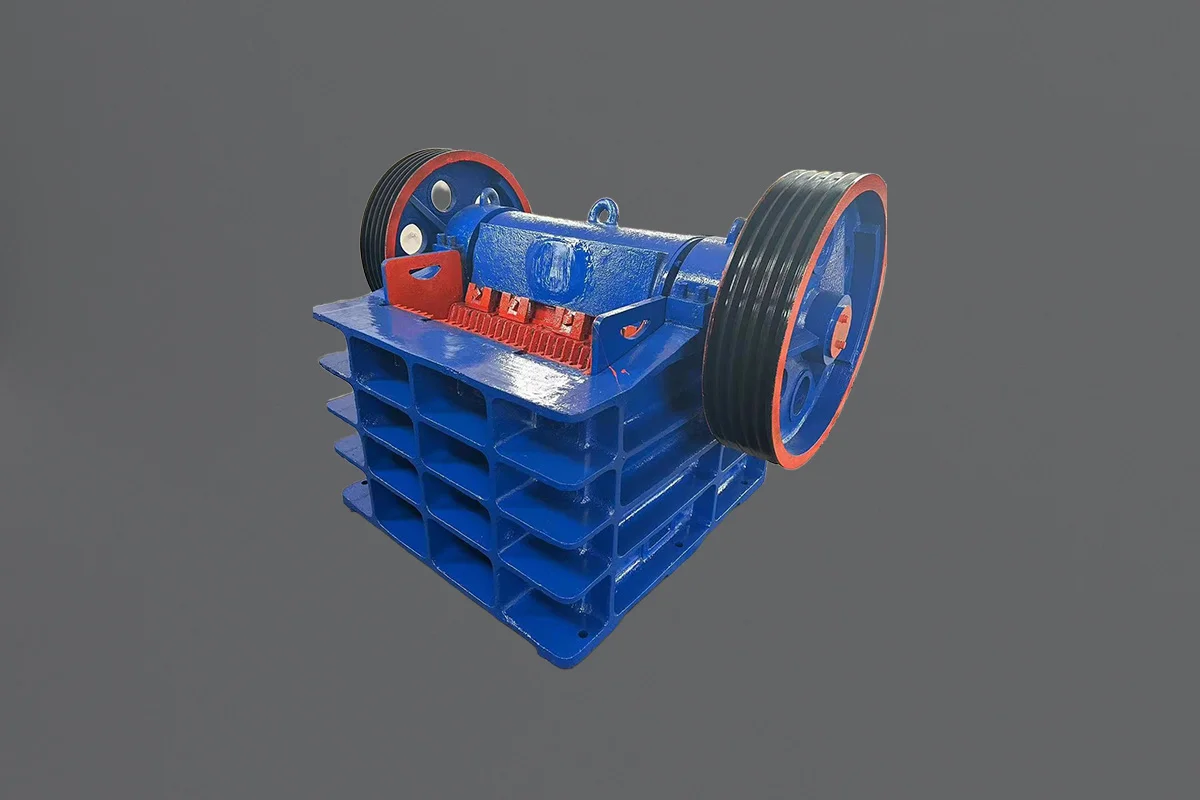Three Types of Crusher Spares Help Reduce Your Rest-time
An effective parts plan is your best defense against unplanned and extended downtime. Often times saving some days of run time over the course of a crushing season will pay for the cost of stocking the necessary, even some unnecessary parts.
The most commonly used models begin to categorize your operating part is divided into three regions. the goal of the exercise should be to create the appropriate parts inventory, in order to minimize the potential for prolonged downtime, while at the same time do not take part in all your unused cash… The three categories are as follows:
- Critical Spares Parts
- Operational Spares Parts and Consumables
- Capital Spares Parts
Critical Spares Parts
Critical spares parts are usually commodity-type spares that are used in multiple locations on a crusher,. Suffering extended rest-time when one of these parts fails both is V-belts, bearings, conveyor components, toggle plates, and some examples of critical spare parts.
That crusher spares need to be in stock and on sit. And need give enough time to manufactured and transport.
Operational Spares Parts and Consumables
These types of spares wear out in predictable timetables. Usually, these parts are changed out on planned days. Also need to arrange a time to planning or communication between operators, purchasers, foreman, and suppliers. Crusher casting parts jaw plate, bowl liner, cone liner, blow bars) , screen and wear rubber are some examples of operational spares.
All the crusher spares need to be available on-site when needed. So often you also need an effective purchase plan, and also need to stock some parts in the warehouse. Surely, if you have good cooperation with the suppliers, you should ask them to stock some casting parts in their warehouses. Qiming Casting also can supply this service.
Capital Spares Parts
As the name suggests, capital spares require a significant cash outlay to purchase, and rarely need to be used. Most often, you know well in advance of the part actually failing that the part is in need of replacement. Whenever possible, these parts should be changed out in a proper repair facility so as to minimize exposure to the elements and possible contamination of other integral parts. In some cases, these major overhauls have been done in the field; just understand that logistics costs (costs of shipping parts, tools, and/or manpower to site) may balloon in these instances.
Unless vehicle access to the site is restricted to winter ice roads (or some other extreme instance), capital spares need not be stocked by the end-user until parts failure and/or its planned replacement is imminent. Again communication is the key; suppliers will typically have limited or no stock on these parts, as such, a factory order may need to be placed so the part is available when needed.



